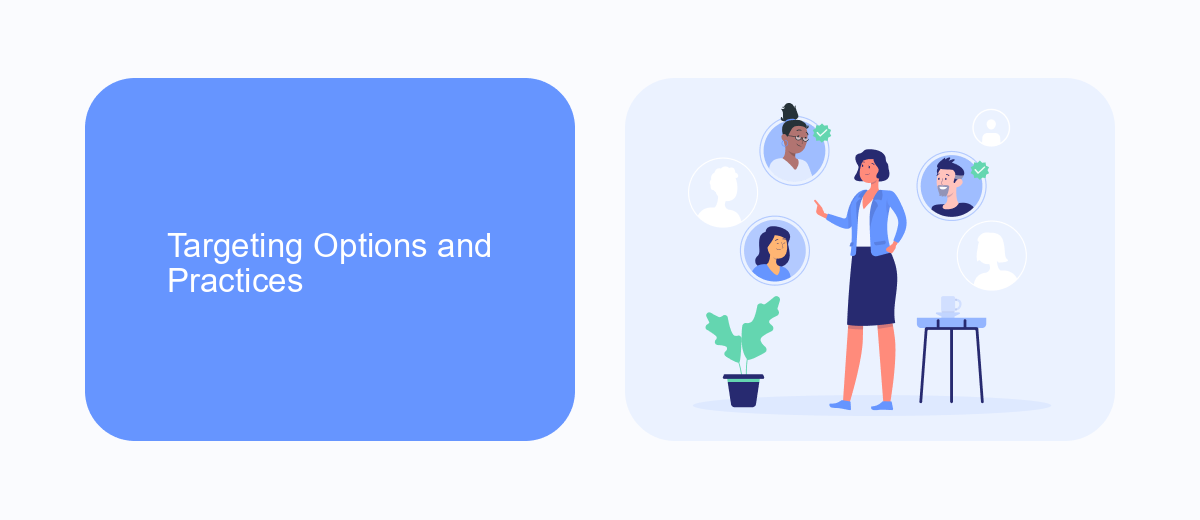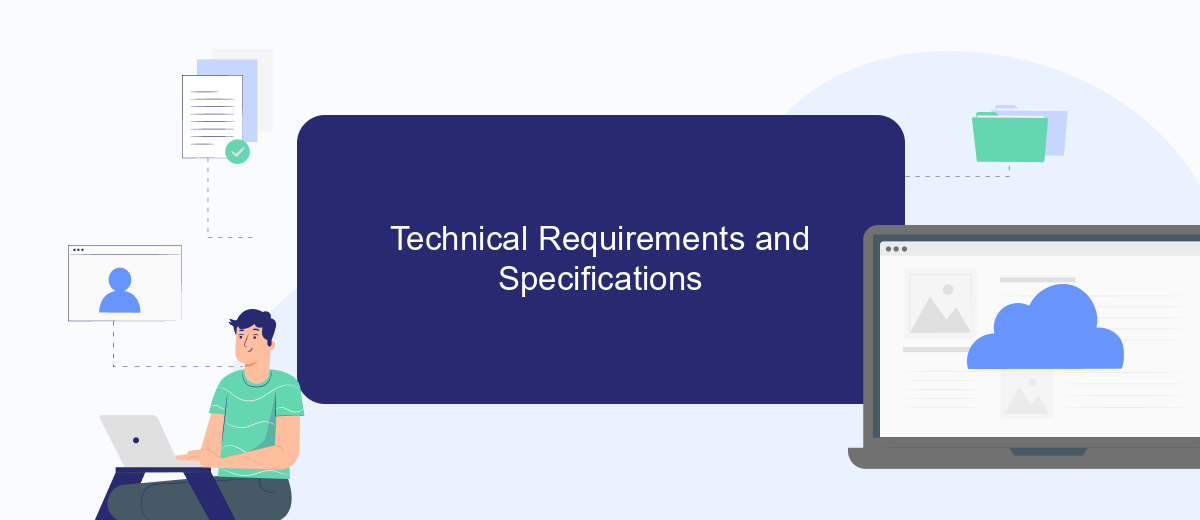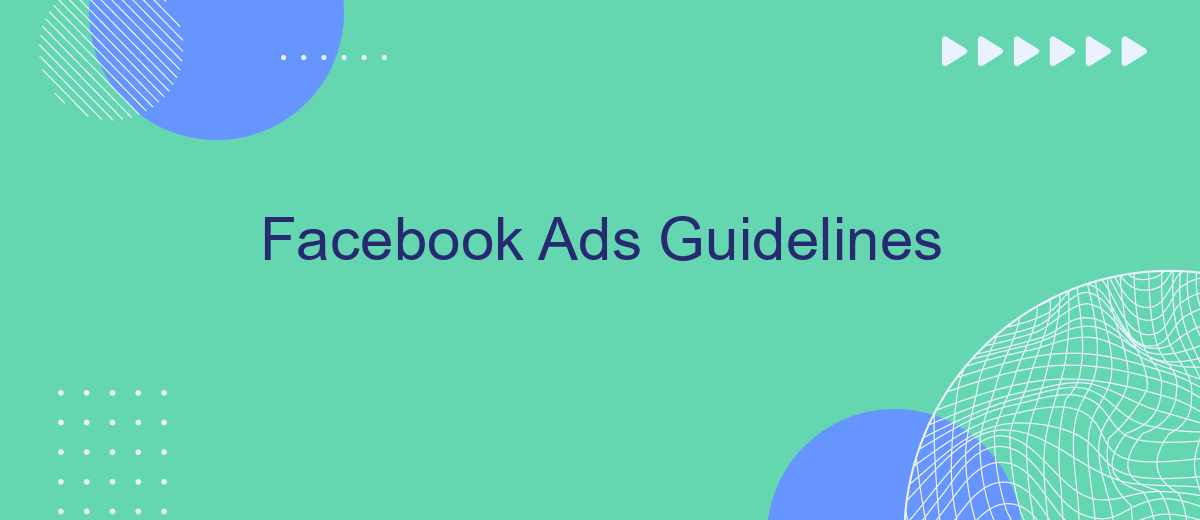In today's digital landscape, Facebook remains a dominant platform for businesses aiming to reach a vast audience. Understanding Facebook Ads Guidelines is crucial for creating effective and compliant advertising campaigns. This article delves into the essential rules and best practices that advertisers must follow to maximize their reach, enhance engagement, and ensure their ads align with Facebook's policies, ultimately driving successful marketing outcomes.
Ad Content Policies
Facebook's Ad Content Policies are designed to maintain a safe and respectful environment for users. Advertisers are required to adhere to these guidelines to ensure their ads are appropriate and non-offensive. The policies cover a range of topics, including prohibited content, restricted content, and community standards.
- Prohibited Content: Ads must not contain misleading, fraudulent, or deceptive claims.
- Restricted Content: Certain content, such as alcohol and gambling, is subject to restrictions and may require special approval.
- Community Standards: Ads should not promote hate speech, violence, or discrimination.
- Intellectual Property: Advertisers must respect copyright, trademarks, and other legal rights.
- Targeting: Ads should not target sensitive categories like race, ethnicity, or political affiliation.
By following these guidelines, advertisers can create effective campaigns that resonate positively with their audience. It's essential to regularly review Facebook's policies, as they are subject to change. Compliance not only protects the brand's reputation but also enhances user trust and engagement. Adhering to these standards is crucial for maintaining a positive advertising experience on the platform.
Targeting Options and Practices

Facebook Ads offers a wide range of targeting options to help advertisers reach their desired audience with precision. Advertisers can target users based on demographics such as age, gender, and location, as well as interests and behaviors. Additionally, Facebook provides advanced options like Custom Audiences, which allow businesses to upload their customer lists and retarget them with specific ads. Lookalike Audiences can also be created to reach new users who share similarities with existing customers, expanding the potential reach of campaigns.
To optimize targeting practices, businesses can integrate services like SaveMyLeads to streamline data management and enhance audience segmentation. SaveMyLeads automates the process of transferring leads from Facebook Ads to CRM systems, ensuring that advertisers have up-to-date information for more effective targeting. By leveraging these tools, advertisers can refine their strategies, improve ad relevance, and ultimately achieve better results. Continuous testing and analysis of targeting options are crucial for maximizing the return on investment and adapting to changing market trends.
Technical Requirements and Specifications

When creating Facebook ads, it's crucial to adhere to specific technical requirements to ensure optimal performance and user experience. These guidelines help maintain consistency across the platform and enhance the effectiveness of your advertising campaigns. Below are the key technical specifications that every advertiser should follow.
- Image and Video Dimensions: Images should be at least 1080 x 1080 pixels, while videos should have a minimum resolution of 720p. The recommended aspect ratio for both is 1:1 for square formats and 16:9 for landscape.
- File Types and Sizes: Accepted image formats include JPG and PNG, while videos should be in MP4 or MOV formats. Ensure that image files do not exceed 30MB and video files are under 4GB.
- Text Limitations: Minimize text to cover no more than 20% of the ad image. This helps improve engagement and delivery rates.
- Video Length: Videos should be between 1 second and 241 minutes long, with shorter videos generally performing better.
By following these technical requirements, advertisers can maximize their ad reach and engagement on Facebook. Ensuring compliance with these specifications not only enhances the visual appeal of ads but also contributes to a more seamless user experience, ultimately driving better results for your campaigns.
Monitoring, Measurement, and Reporting

Effective monitoring, measurement, and reporting are crucial components of a successful Facebook Ads strategy. By diligently tracking your ad performance, you can gain valuable insights into what works and what doesn't, allowing you to optimize your campaigns for better results. Regular monitoring helps ensure that your ads are reaching the right audience and achieving the desired outcomes.
Measurement involves analyzing key metrics such as reach, engagement, conversion rates, and return on ad spend (ROAS). These metrics provide a clear picture of how your ads are performing in relation to your marketing objectives. Utilizing Facebook's built-in analytics tools, such as Ads Manager and Facebook Pixel, can greatly enhance your ability to measure and interpret these metrics effectively.
- Track your ad performance regularly to identify trends and areas for improvement.
- Utilize Facebook's analytics tools to gain deeper insights into audience behavior.
- Adjust your ad strategy based on data-driven insights to optimize results.
Reporting is the final step in the process, where you compile and present the data collected from your ads. Regular reports help communicate the effectiveness of your campaigns to stakeholders and guide future advertising strategies. By maintaining a consistent reporting schedule, you can ensure that all relevant parties are informed and aligned with your advertising goals.


Policy Enforcement and Appeals Process
Facebook employs a comprehensive policy enforcement mechanism to ensure that all advertisements comply with their community standards and advertising guidelines. This process involves automated systems and manual reviews to detect and address any violations. If an ad is flagged, it may be disapproved, and the advertiser will be notified with an explanation of the specific policy breach. Advertisers are encouraged to review these guidelines regularly to minimize the risk of disapproval and ensure their ads are effectively reaching their target audience.
In cases where advertisers believe their ads were incorrectly disapproved, Facebook provides an appeals process. Advertisers can submit a request for a second review, providing additional context or clarifications. During this process, it's crucial to thoroughly understand the guidelines and address any potential issues. To streamline ad management and compliance, services like SaveMyLeads can be integrated to automate lead processing and ensure seamless data flow, allowing advertisers to focus more on content quality and adherence to Facebook's policies.
FAQ
What are the key guidelines for creating Facebook Ads?
How can I ensure my Facebook Ads meet the platform's community standards?
What should I do if my Facebook Ad is disapproved?
How can I automate Facebook Ads management and lead integration?
Are there restrictions on targeting options in Facebook Ads?
If you use Facebook Lead Ads, then you should know what it means to regularly download CSV files and transfer data to various support services. How many times a day do you check for new leads in your ad account? How often do you transfer data to a CRM system, task manager, email service or Google Sheets? Try using the SaveMyLeads online connector. This is a no-code tool with which anyone can set up integrations for Facebook. Spend just a few minutes and you will receive real-time notifications in the messenger about new leads. Another 5-10 minutes of work in SML, and the data from the FB advertising account will be automatically transferred to the CRM system or Email service. The SaveMyLeads system will do the routine work for you, and you will surely like it.
